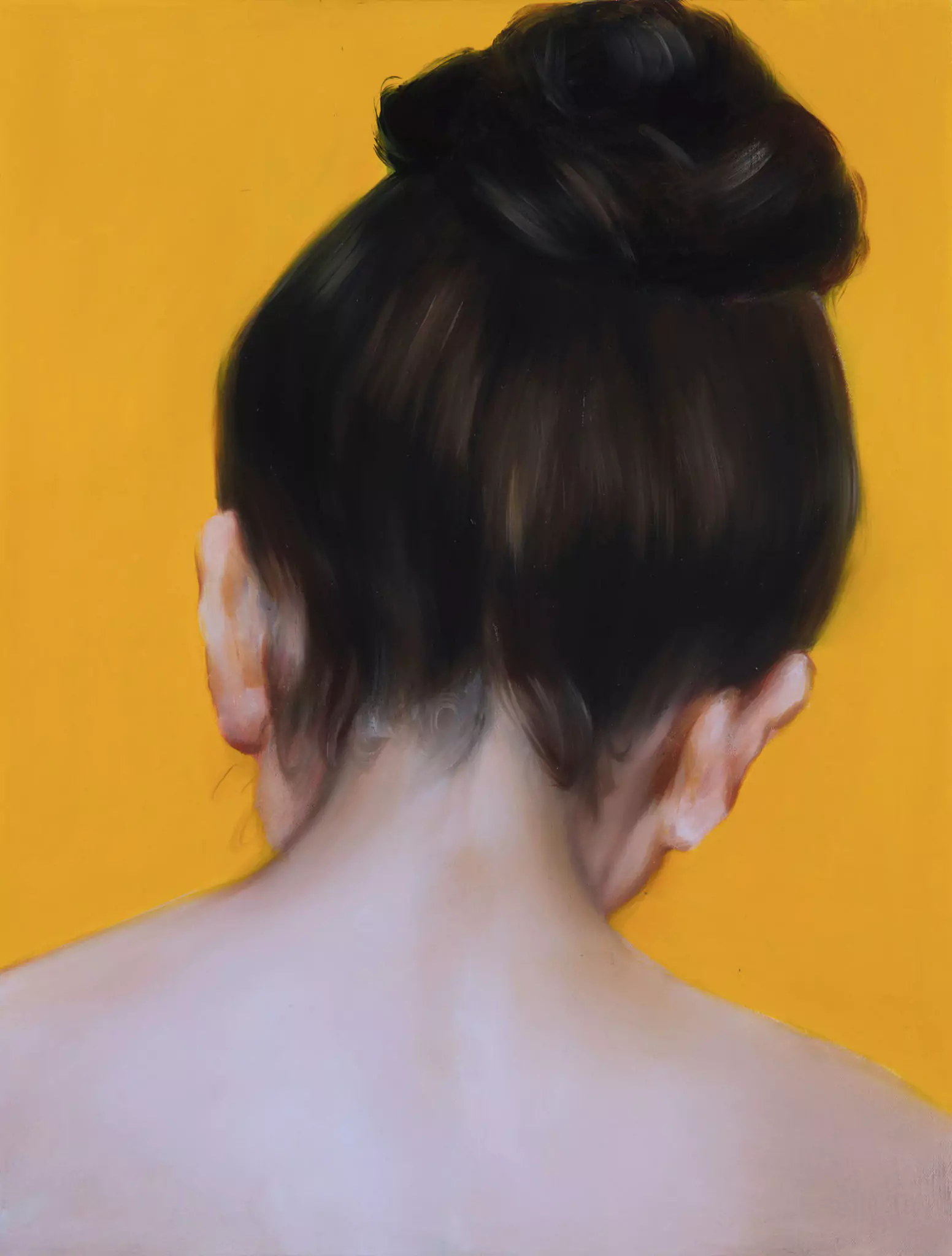Ghosts in the Sunlight – The Complexities of Power or How We Get What We Want With What We’ve Got
I’ve recently been working with curators at Historic Homes and Museums to unravel and reveal alternative accounts in their permanent collections through site-specific paintings and curatorial context, placing my work in direct dialogue with the spaces and objects of the time period I’m painting from. This kind of “intervention” allows for a greater conversation between past and present, it examines how we come to derive meaning for the images we encounter (expanding visual literacy), and opens up avenues for new interpretations for the academic, the child or the everyday visitor.
Installed in the Vanderbilt Mansion are one large rendition of Psyche’s servants and ten small portraits of female heads seen from behind, the features of their face removed from view. The compositions are pared back to four elements: the limited background and the subject’s hair, skin and clothing. Much about the cast of characters that inhabited the Vanderbilt mansion remains a mystery, but none more so than the women of the era. We can find logs of men’s lives and men’s matters; men mattered. But even the female sex of the upper class were regarded with little account unless tabloid worthy.
In many of the back portraits we cannot tell whether the subject is a maid or a member of the elite, or even guess what she is doing. She is enigmatic, contemplative, absorbed in some task, or dashing out of the room to continue with the responsibilities of the day. In this approach the women are made equal, regardless of their station in life, highlighting the lack of autonomy women had during this period. Denied equal wages, property/custody rights or the right to vote, women were second-class citizens regardless of their economic standing.
The paintings are fixed within this state, communicating an atmosphere or essence, but firmly removed from storytelling. The portraits are mute. There is a silent refusal to expound a narrative; an emphasis on stillness, and the passage of time. These images are somewhat impenetrable and isolated.
Ghosts in the Sunlight – The Complexities of Power or How We Get What We Want With What We’ve Got is a long term project that seeks to unearth invisible histories and dormant narratives of women in art history to help determine how we think about and value women in art. My work examines grand narratives, universal tales and myth. In reading Joseph Campbell’s theory of the mono-myth I realized there were few female protagonists that fit the narrative structure of the Hero’s Journey. Could there be a female version of the Hero’s Journey? If so, how would it differ?
In many ways the Hero’s Journey for the female character resides in fairytale. Not the sanitized Disney version, but the erotic and violent wonder tales told the world over by women for women. Taken out of context these tales read as entertainment; but at the time they were the whispers of progress.
These Medieval and Baroque era tales often taught girls how to use cunning to meet life’s challenges such as avoiding abduction and rape. Many of these fairy tales were later re-written by men and changed to reflect the morays of the era. No longer did Little Red Riding Hood announce that she must urinate outdoors in order to escape rape by the wolf, as in the orally woman-told version of the story. In the later versions written down by men, Red Riding Hood either is saved by a father figure (as in the Grimm’s version) or is responsible for her own rape and murder (as in the Perrault version).
I’m fascinated by how this kind of “editing” literally changes the course of history. A narrative that was constructed as a cautionary empowerment tale for a particular (coming of age female) audience morphs to completely disempower the young girls when told by a more powerful, threatened male writer. This may have been well-intentioned artistic license or simply misunderstood by Charles Perrault, or the Grimms, or Disney for that matter. But I’m curious what would have happened if those oral traditions, when recorded, had been disseminated to the reading public accurately. I’m interested not only in the alternative histories that might have been, but also how we might create alternative histories now by looking at what has happened, from a different point of view.
Rather than illustrate the oral fairytales that were told, my project asks to take a second look at familiar imagery of women gathered and see them as potentially subversive gathering points. For instance, what if the female characters we’ve come to know from the old masters – the lounging odalisques, the giggling nymphs, the chorus that whispers in the background – present more than a voyeuristic visual feast? What if these characters embody a flickering of female power at work?
The characters that serve as props for these motivations are plucked from their assigned roles and resettled in less limited surroundings. One-time attendants or symbols of fertility inhabit abstract fields of color. Free of context, of narrative constraints, they are less iconic and more human. Their glances and gestures take on a confidential manner; their desires turn inward. They are stripped of history painting’s theatrical and symbolic conventions and lifted to monumental scale and physicality. Voluptuous bodies give way to voluptuous paint. The violence of the old myths is sublimated into whirls of layered and saturated color.
My paintings pull at the shadows of historical works of art and ask what dormant new narratives might be found in the female subjects that inhabit them. What invisible histories might be embedded or encoded? And is it possible to restore autonomy to these models? Maybe it cannot be “restored” – they are long gone – but perhaps it can be conceived afresh. Can we see these dis-empowered female characters anew – Re-envisioned, emboldened, able minded, able bodied, more than sexually objectified forms? And if we do, how might if affect women of present day?
Accompanying the exhibition Lost in the Light at the Vanderbilt Mansion in Hyde Park, NY is a unique book collaboration between Angela Fraleigh and writer Jen Werner. The book gives voice to the women that lived, visited, and worked in the Vanderbilt’s country house in Hyde Park. Based on oral histories, primary and secondary historical documents, and the muse of invention, this book is a tribute to the physical and psychological aspects of female life during the Gilded Age. Included in the book are partially invented stories meant to invoke not only the spirit of Louise Vanderbilt and the women who surrounded her, but also the necessary role that women played in this grand American history.
•
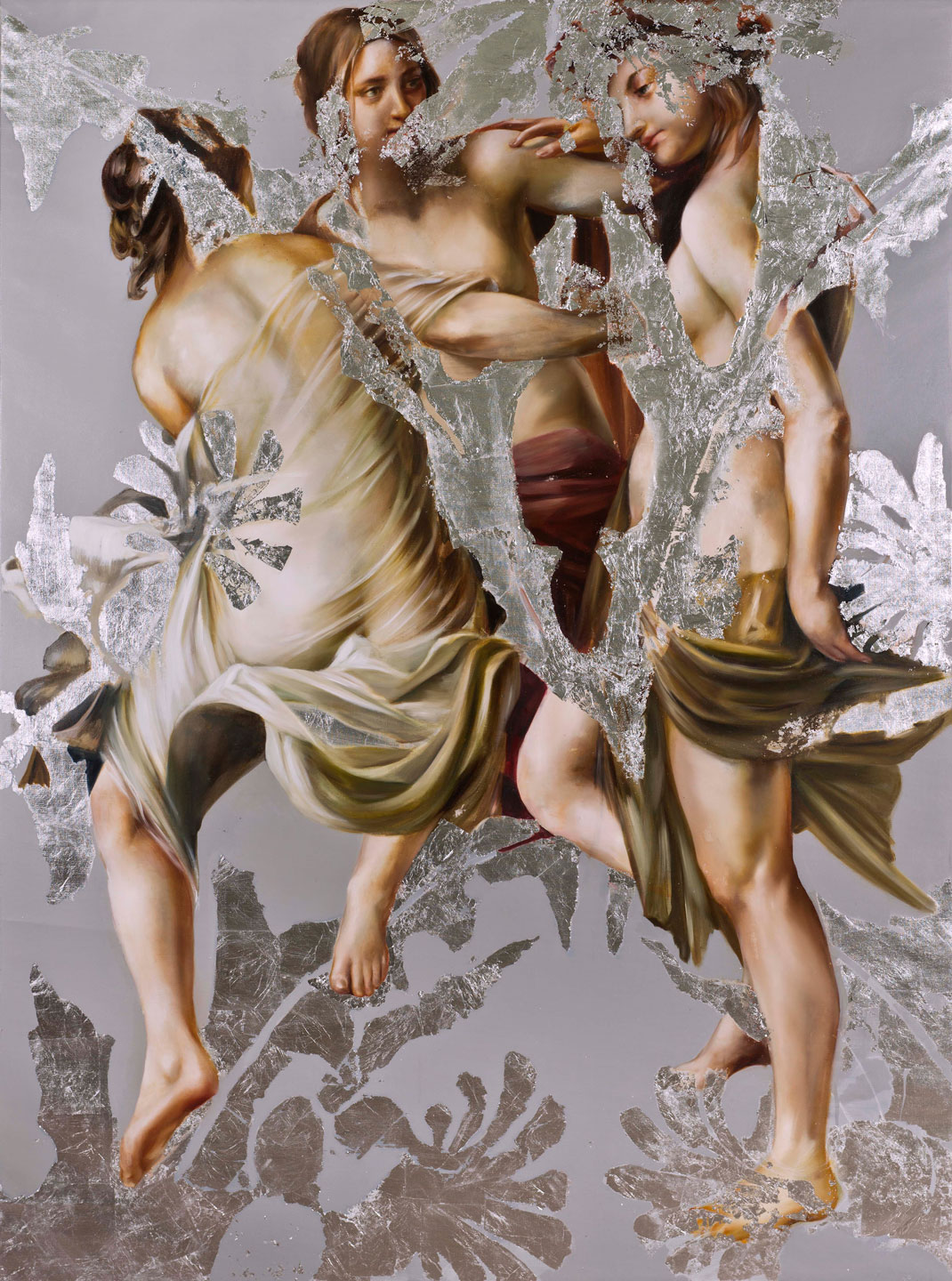
•
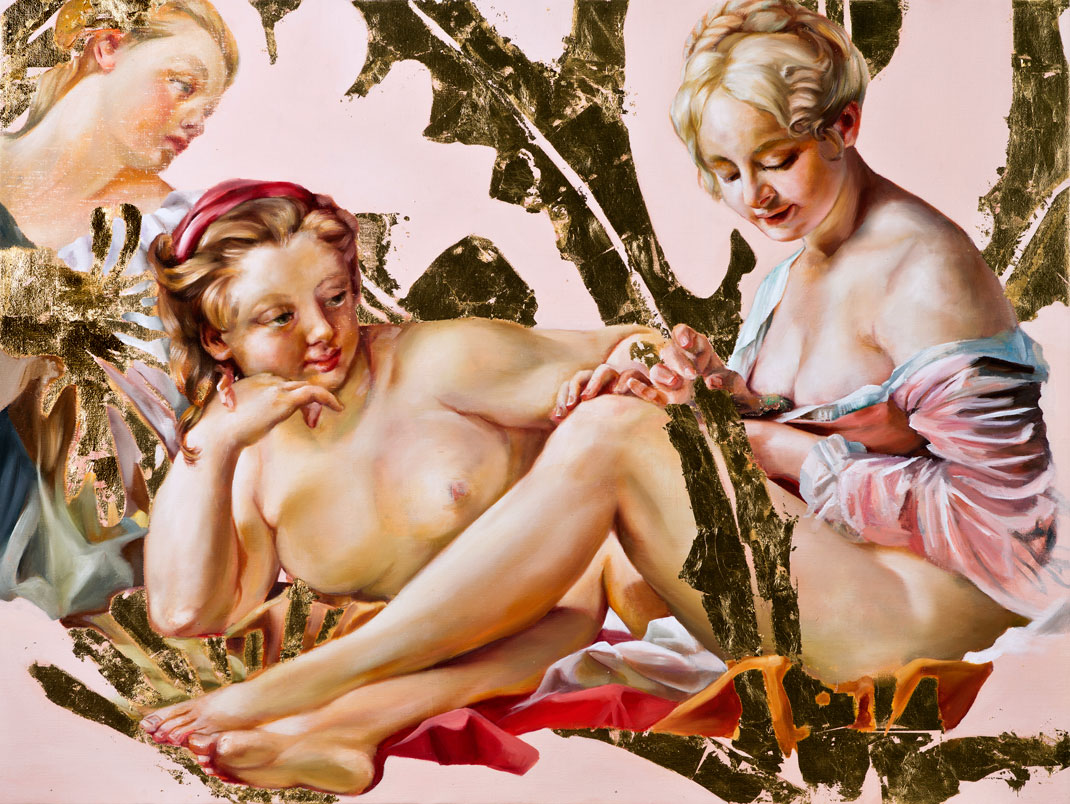
•
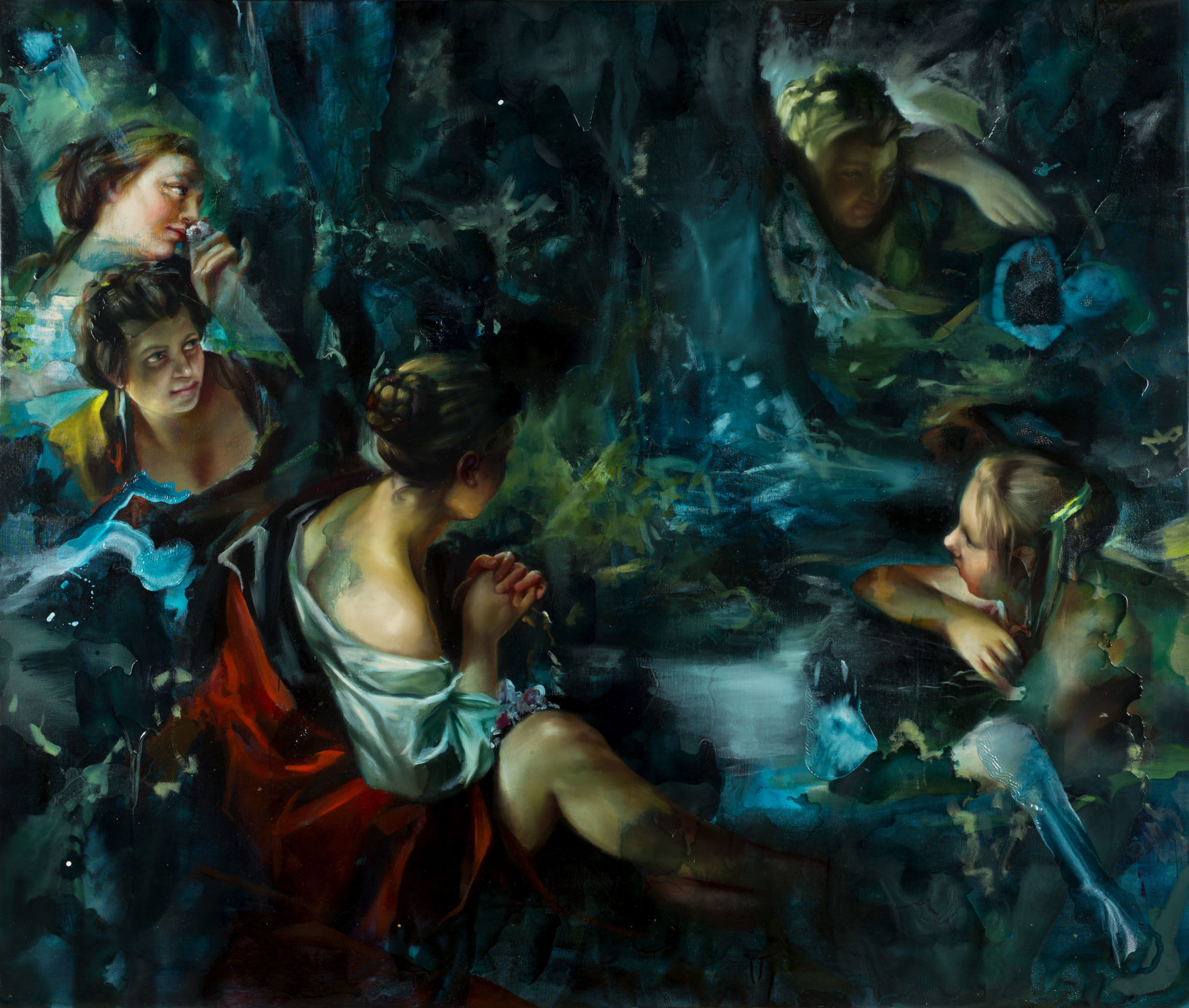
•
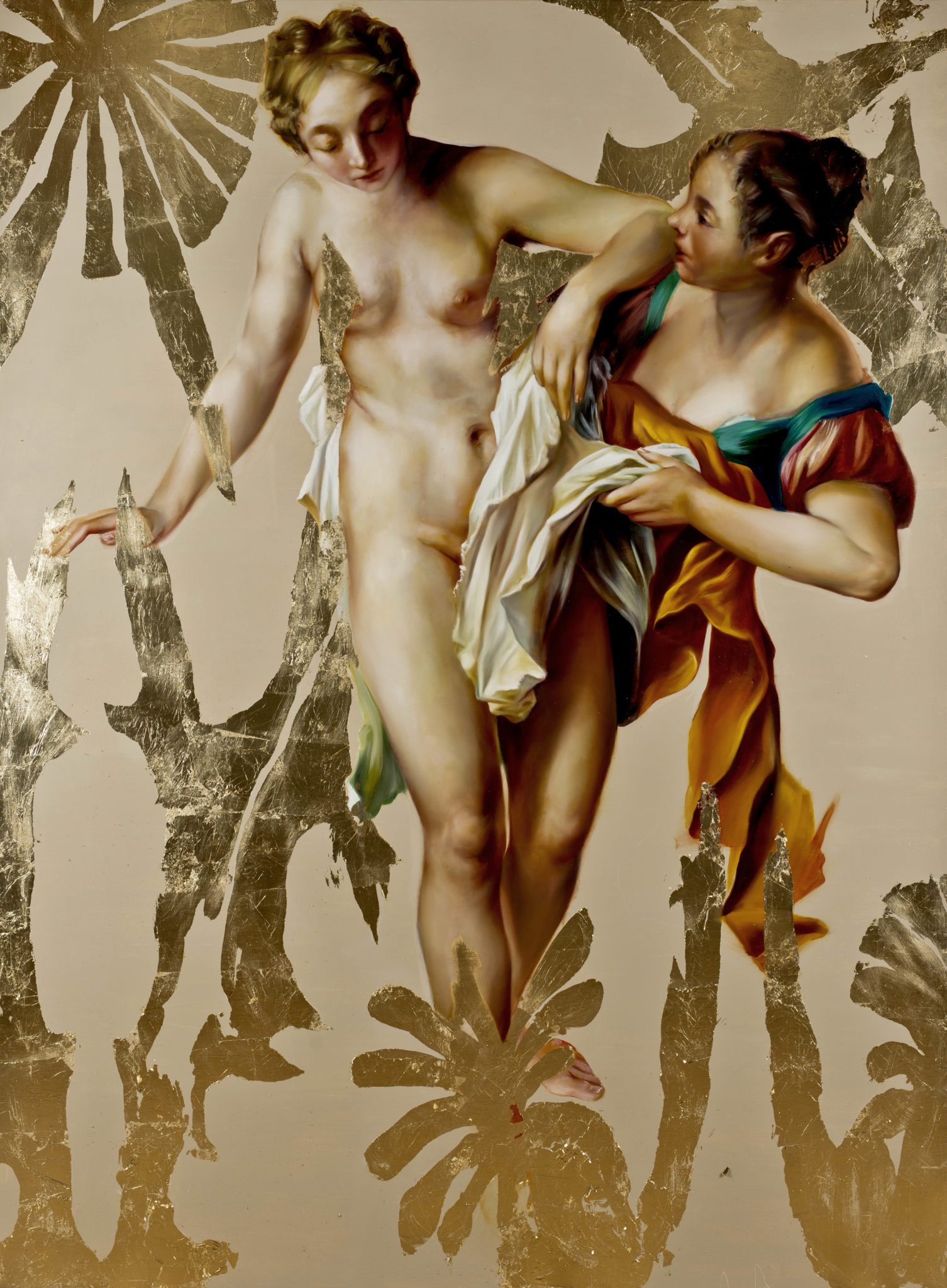
•
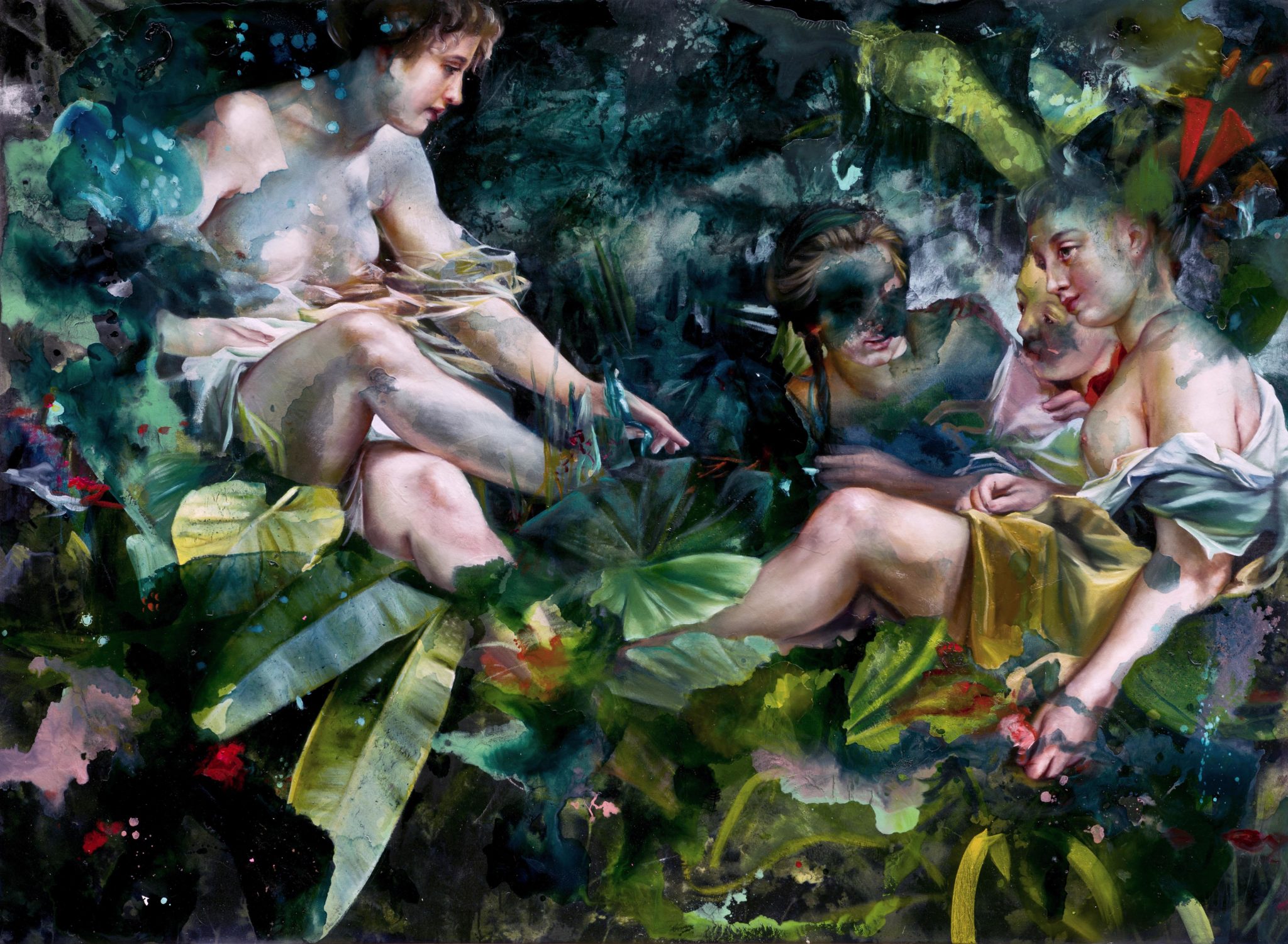
•
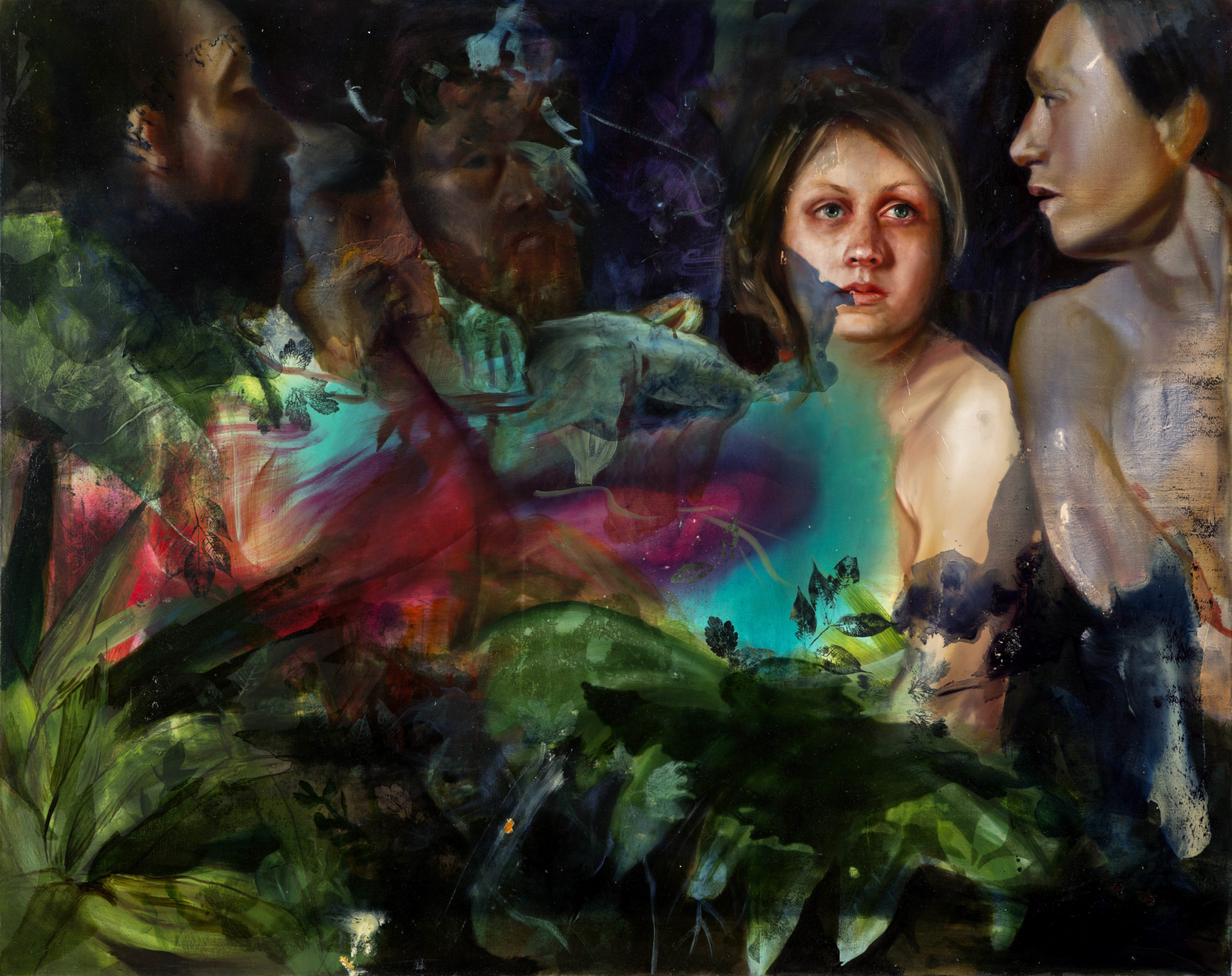
•
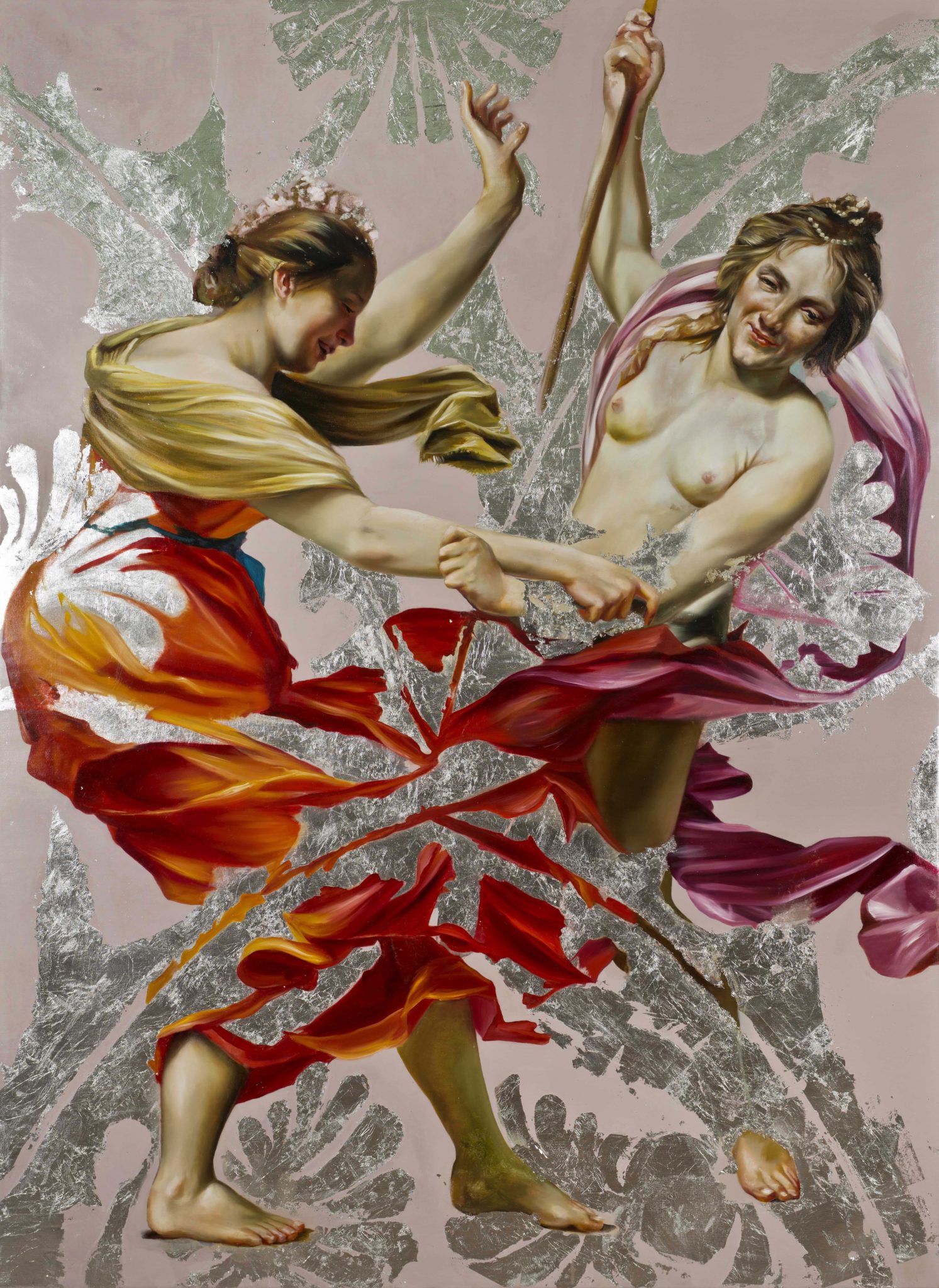
•
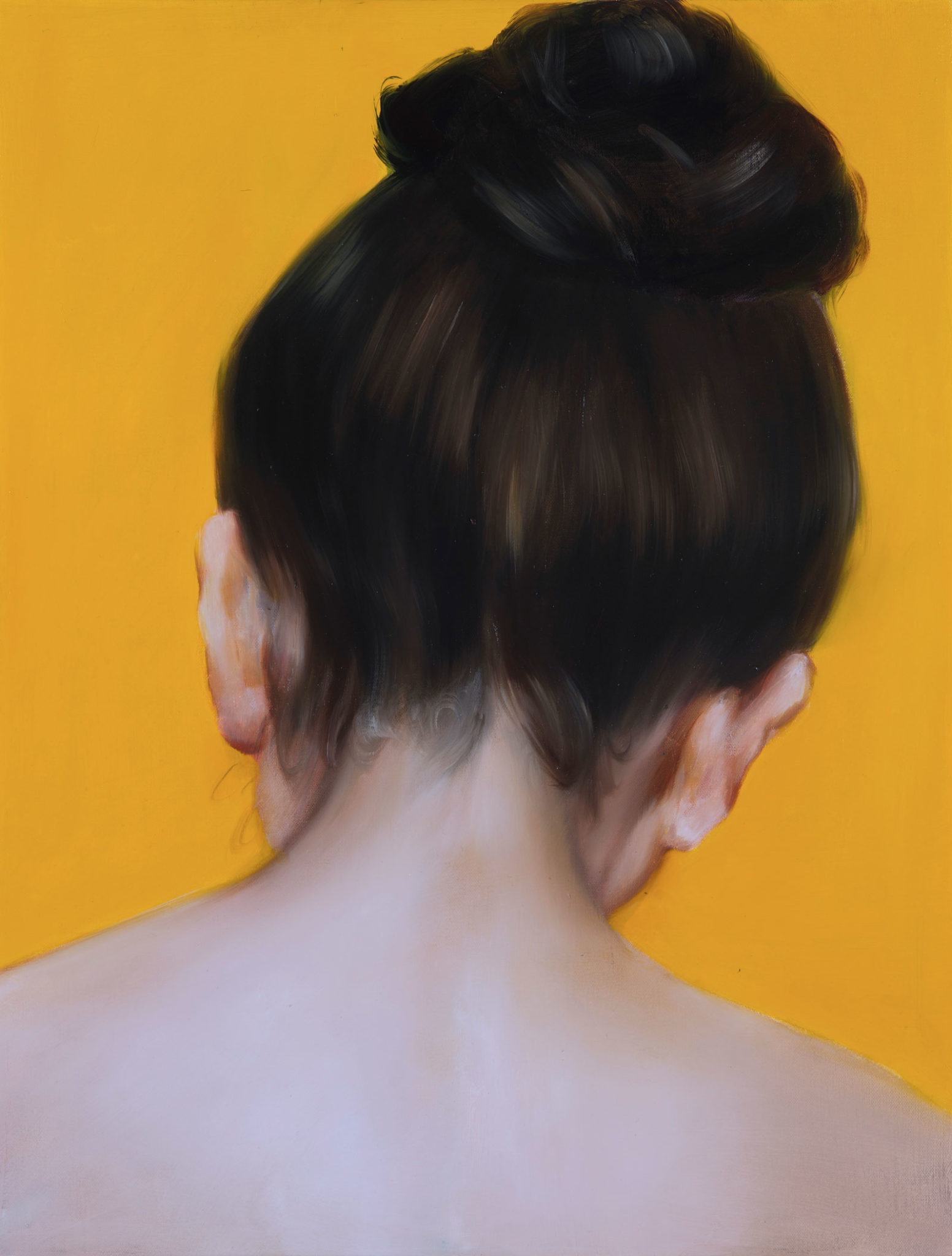
•
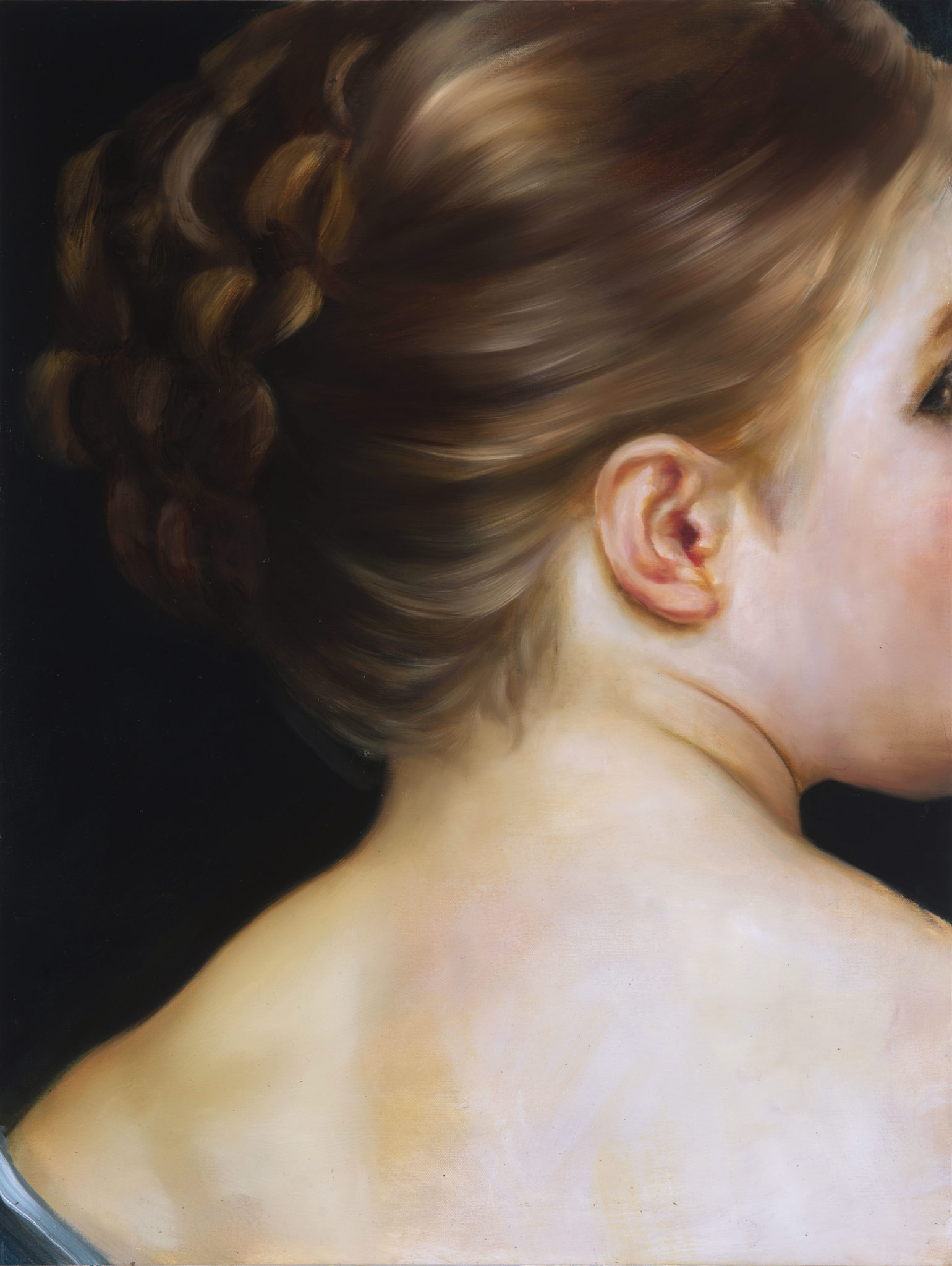
•
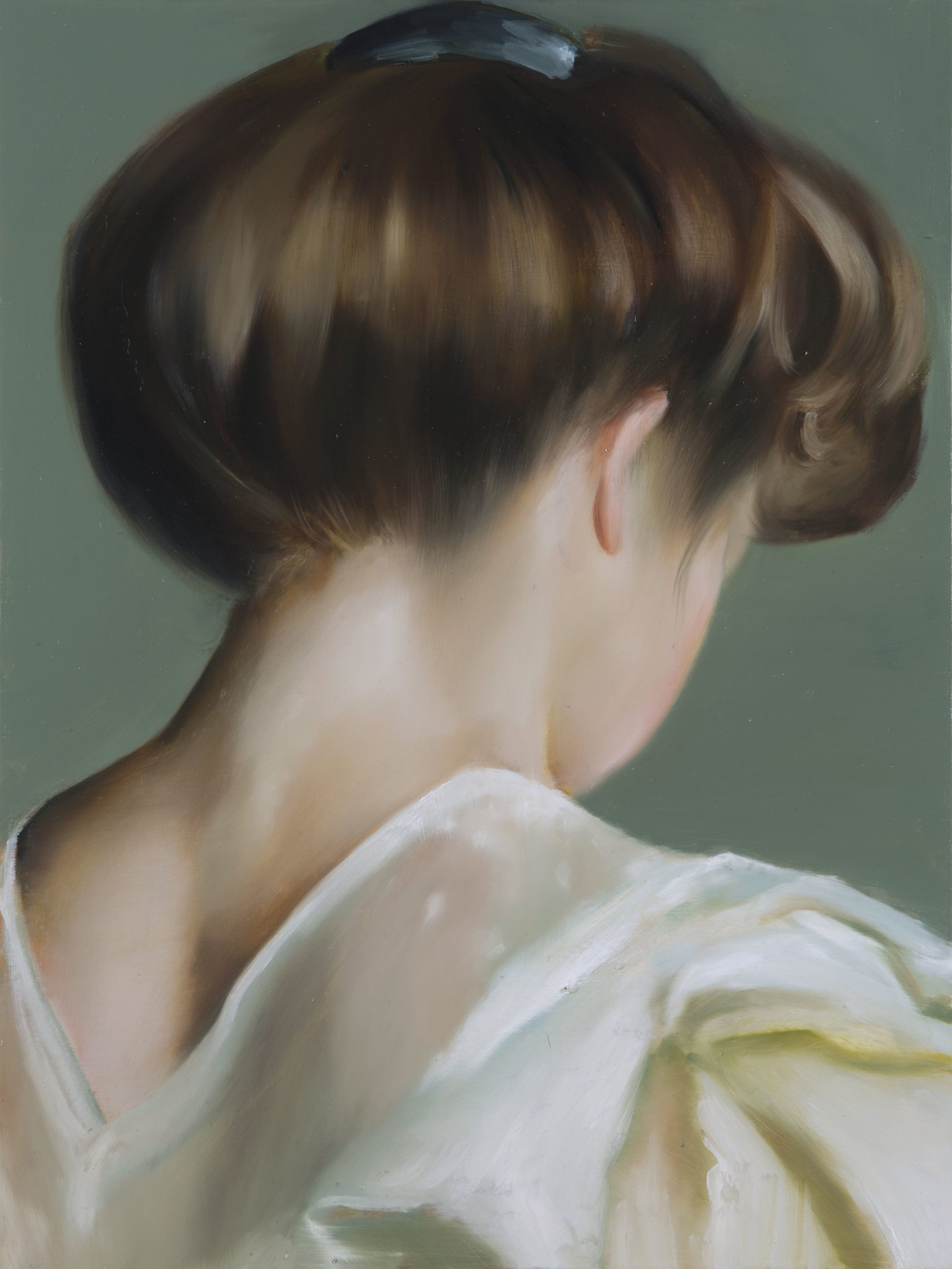
•
•
_________________________________________________________________________________________________
Angela Fraleigh graduated with an MFA from Yale University, then spent two years in Houston as a Core Artist-in-Residence through the Museum of Fine Arts Houston, TX. Her solo exhibitions include The Vanderbilt Mansion in Hyde Park NY, PPOW Gallery in New York and James Harris Gallery in Seattle. She has been the recipient of several awards and residencies including the Yale University Alice Kimball English Research grant, The Elizabeth Foundation in New York, NY and the Bemis Center for Contemporary Arts in Omaha, NE. She is represented by Inman Gallery in Houston, TX and is currently based in New York, NY and Allentown, PA, where she is Chair of the Art Department at Moravian College. Fraleigh looks forward to several upcoming exhibitions including a solo project at the Everson Museum of Art in Syracuse, NY in 2016.

